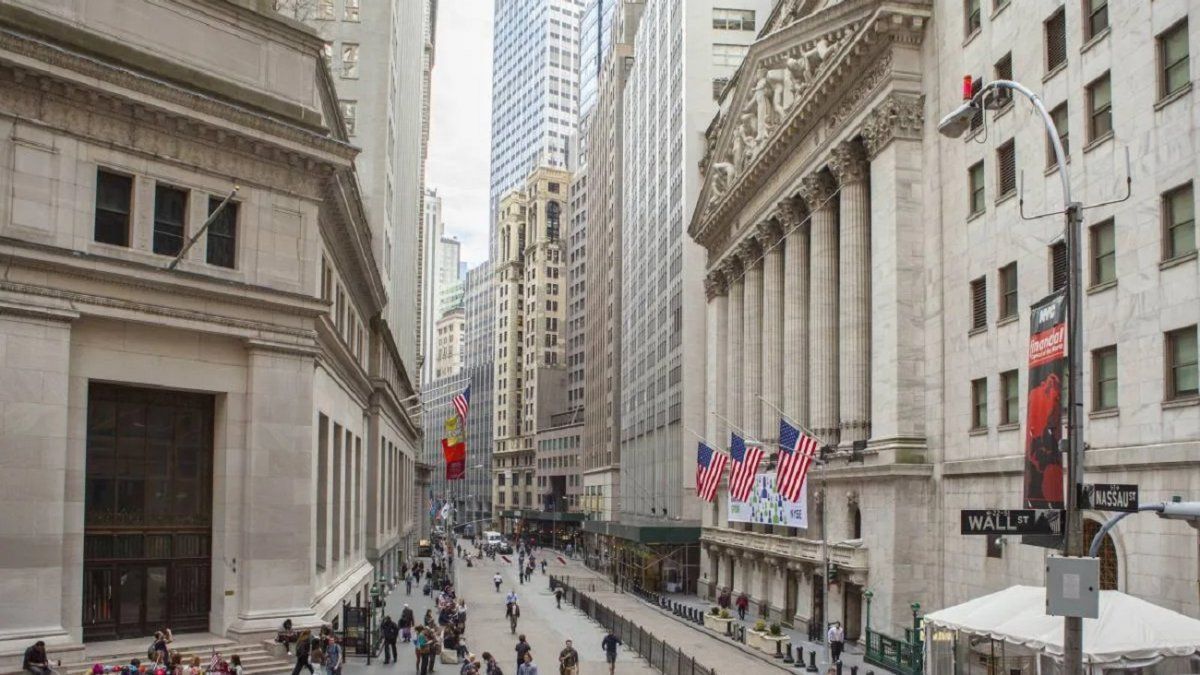Rising inflation that could exceed 100% this year, and currency pressures, have investors looking to the stock market for hedges, traders said.
The Central Bank ordered that as of this Tuesday the economic agents that have sold soybeans under the “Export Increase Program”, which implies a higher exchange rate, they will not be able to access the market to purchase foreign currency or carry out “operations with titles and securities with settlement in foreign currency”, although it clarified that “it is not applicable to human beings”.
Soy settlements made during this month have a special exchange rate of 200 pesos, in order to increase BCRA reserves.
“This measure could stop or slow down the hitherto steady flow of foreign currency and overheat the parallel dollar,” said brokerage StoneX. It is “impossible to cover several holes with one hand at the same time”he claimed.
In the last two weeks, the BCRA has accumulated foreign currency acquisitions in the market for some 2,380 million dollars, thanks to the liquidation of some 3,868 million dollars sold mainly by soybean producers, based on Reuters data.
“The measure announced and implemented by the BCRA is going to have an impact on the flow of sales from producers, collectors, and cooperatives to exporters. This measure is detrimental to the soybean chain,” said Gustavo Idígoras, head of the Export Center of Cereals.
The leading stock index S&P Merval lost 1.5% to 147,929.75 points, after improving 3.1% on Monday and scoring a record high of 150,971.41 points. The Buenos Aires stock market fell this Tuesday due to taking short profits after reaching historical maximum levels the day before.
Among the shares that fell the most were Cablevisión Holding (-3.7%), followed by Cresud (-3.2%) and Banco Macro (-3%).
Among the few rises stood out the papers of Banco BBVA (+1.6%); Lona Negra (+0.9%) and Transener (+0.3%).
the merval falls “based on the weakness exhibited by the main ADRs that, beyond the ‘outperformance’ of recent times, maintain a greater correlation with respect to the appetite for global and emerging risk”Ber said.
“The shares have accumulated a rise of 160% in dollars in two months; however, the price cannot exceed $7.30, a key value in the short term. This level is a maximum that was reached at the beginning of August of 2020 after the recovery after the fall due to the impact of the coronavirus in the world”, analyzed Mauro Natalucci, from Rava Bursátil.
Bonds and country risk
In the fixed income segment, the dollar sovereign bonds fell to 2.2%, led by the Bonar 2029 (-2.2%), followed by the Global 2029 and 2041 (-1.6% each) and the Global 2035 and 2046 (-1.4% both) .
Meanwhile, dollar-linked sovereign bonds were in good demand and gained 0.6% on average, with T2V3 standing out, which rose 1.2%, according to a report by Grupo SBS.
For its part, CER-adjusted debt rose 0.4% in the short tranche and 0.8% in the long tranche, again concentrating the volume in February’s Lecer.
In that framework, the risk country Argentine measured by JPMorgan It rose 0.2% to 2,388 basis points, the highest in more than two weeks and the fifth rise in six consecutive sessions.
Source: Ambito
David William is a talented author who has made a name for himself in the world of writing. He is a professional author who writes on a wide range of topics, from general interest to opinion news. David is currently working as a writer at 24 hours worlds where he brings his unique perspective and in-depth research to his articles, making them both informative and engaging.




